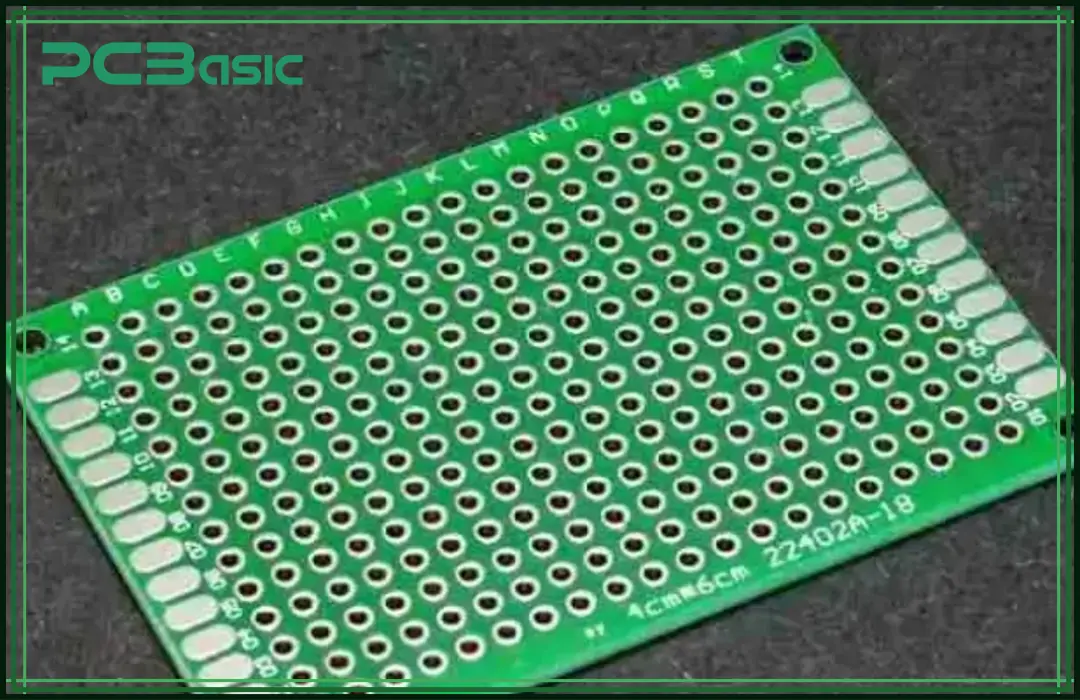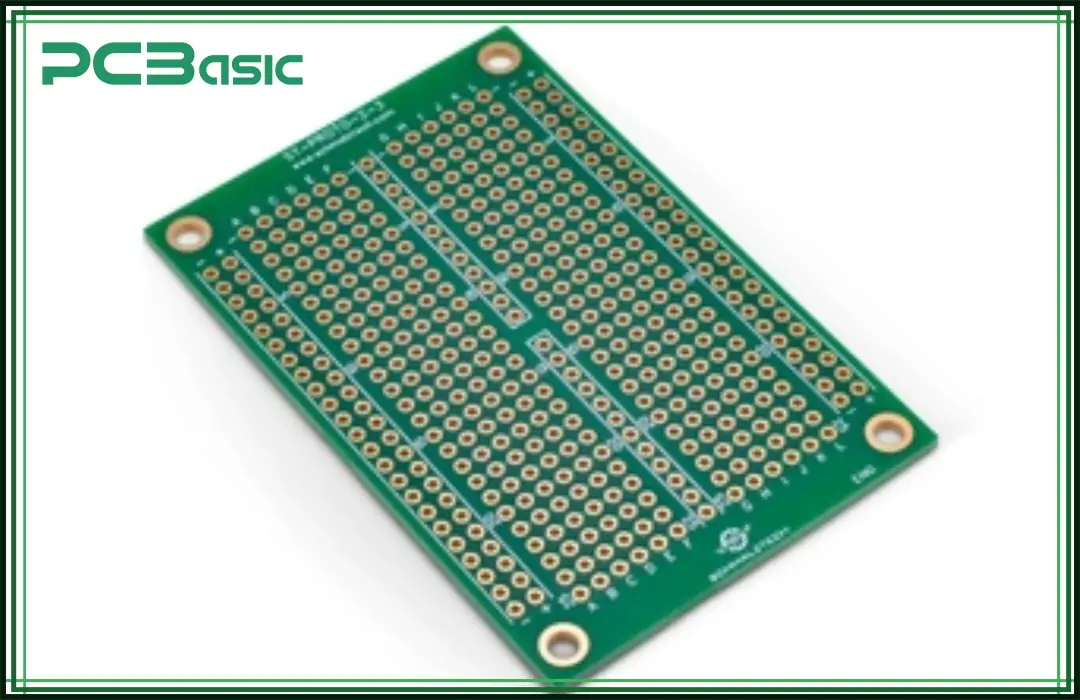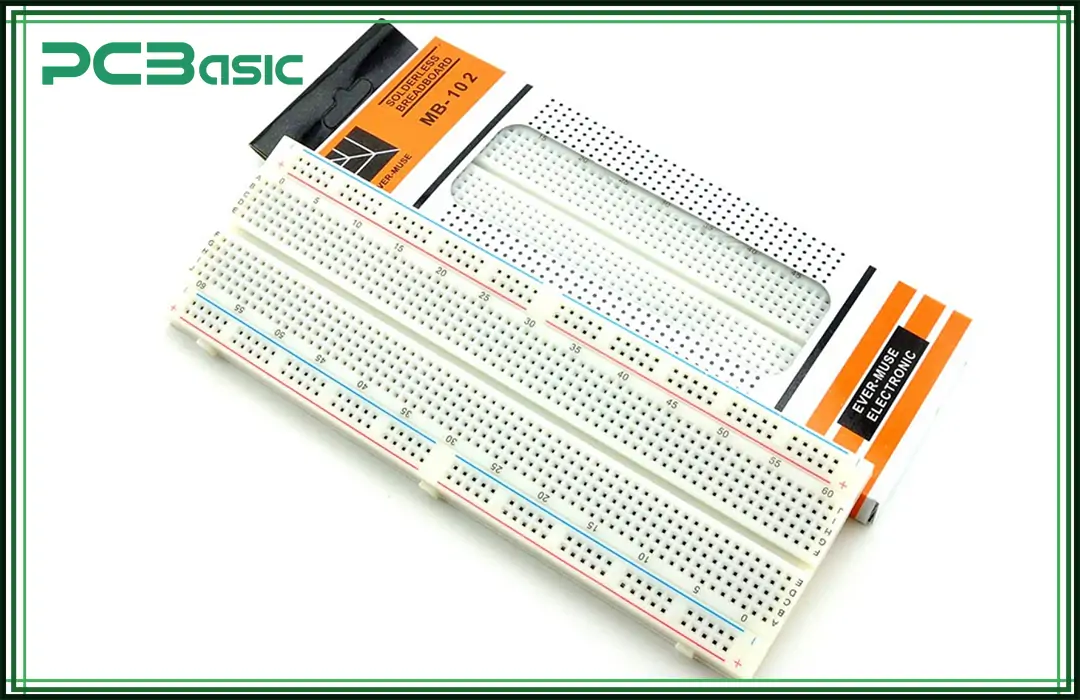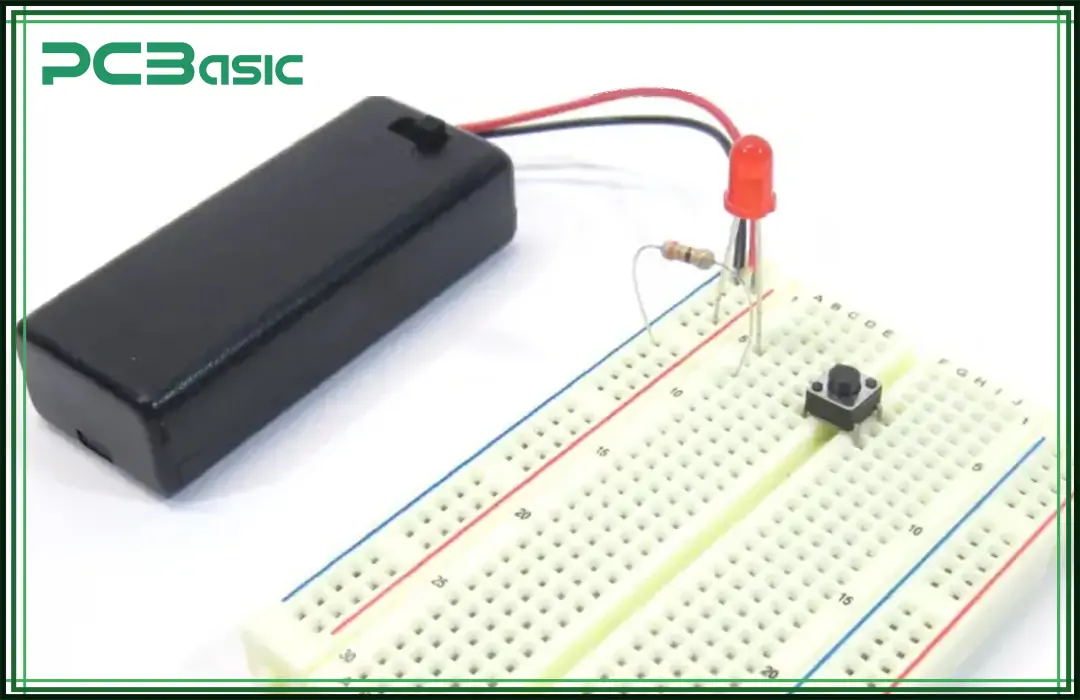Global high-mix volume high-speed Shenzhen PCBA manufacturer

Ru
9:00 -18:00, Mon. - Fri. (GMT+8)
9:00 -12:00, Sat. (GMT+8)
(Except Chinese public holidays)





Global high-mix volume high-speed Shenzhen PCBA manufacturer

Ru
9:00 -18:00, Mon. - Fri. (GMT+8)
9:00 -12:00, Sat. (GMT+8)
(Except Chinese public holidays)





HomePage > Blog > Knowledge Base > Protoboard VS. Breadboard
We always see different people, even experts, use the words protoboard and breadboard interchangeably, and it's just difficult at times to ascertain which board has been referenced in the context of the discussion. Meanwhile, it’s general knowledge that some prototyping boards are solderless while the rest are solderable. Hence, throughout this article, we'll refer to the solderable board as a protoboard and the solderless board as a breadboard.
By the end of this article, you will know for sure what board is best for prototyping at any stage of your project.
As the name implies, a protoboard is just a regular, ready-made Printed Circuit Board predesigned for prototyping electronic circuits. They come with drilled holes and a surface copper layer, allowing electronic components to be arranged and soldered as desired. Protoboards are also popularly known as Perfboard (i.e., perforated board), stripboard, and veroboard, either of those names can still refer to the same board.
Protoboards can also be used to implement a circuit design for permanent use, especially when there's no need to replicate the circuit. Since the components arranged on them are firmly soldered, they're rugged enough to withstand some level of pressure.

Like any other PCB board, the protoboard's main body is made of an insulator, often fiberglass, with a layer of copper (usually one-sided). This copper layer makes the interconnection of components on the protoboard possible. And for every perforation on the protoboard, there are always pads around it that ensure components stay soldered to the board.
Since this article regarded protoboards as Veroboard, we'll look at different common Veroboard types available in the electronics market. They include:
· Stripboard: The stripboard has parallel copper strips running from one end of the board to the other. This implies that components connected to the board can share a common node without linking them with any external conductor as long as they are connected on the same strip.
· Matrix board: Each hole on the Matrix board is surrounded by individual copper pads, with no strip or linkage between holes. It only makes sense that whenever you use a matrix board, the connection between components is achieved by linking the pins to be connected with solder or an external conductor (jumper wires).
· Tripad board: As the name suggests, on a Tripad board, every successive three holes have a common copper strip. In other words, you can get three different components to share a single node without any external connection.

Advantages:
• Strong mechanical connections: Components on the protoboard are soldered directly to the board. The solder joints have strong mechanical strength. Even if the board is shaken, moved or used for a long time, the connection will not be easily disconnected or loosened to ensure the stable operation of the circuit.
• Ideal for permanent circuit designs: Because solder joints are very stable, the protoboard is very suitable for making circuit projects that need to be used for a long time, such as the internal circuit of electronic equipment, scientific research and experimental circuits or other circuit projects for long-term applications.
• More durable than breadboards: The material used in the protoboard is stronger. Therefore, the components are not easy to fall off after soldering, and the stability and reliability of the circuit are higher even after repeated debugging and use. Therefore, the pad is more suitable than the breadboard for complex circuits or projects that require repeated use.
Disadvantages:
• Requires soldering skills: When using protoboards, the electronic components must be soldered to the board using solder and soldering iron. This may be more difficult for beginners. It is necessary to learn soldering skills and master the correct soldering method to avoid poor sldering or damaged components.
• More time-consuming to modify circuits: If the circuit on the protoboard needs to be changed or corrected, it is necessary to remove the soldered component using a tin absorber or a tin strip and then solder the new component. This process is more cumbersome, and not as simple and fast as the breadboard, increasing the difficulty and time-consuming circuit modification.
Unlike the protoboard, the breadboard is another platform for prototyping your electronic circuit. As mentioned earlier, components are directly inserted into its hole, and there's no need for soldering to connect a circuit.

If you think breadboard sounds weird as the name of an electronic component, then that makes the two of us. But then, the breadboard earned its name because of its striking resemblance to an ancient breadboard used for cutting bread. On the surface, it has grid holes arranged in rows and columns. The main body is made of plastic, which provides insulation to the conductors (metal strips and power rails) embedded in it. The base is usually covered with another layer of insulator, which prevents the conductive strip from falling off.
Breadboards generally come in different sizes. Many are designed to be usable by different components, while others are specially designed for a specific purpose. A good example of this is the Prototype shield for microcontrollers.
When selecting a breadboard, you should consider the number of components to be mounted on it and the power that the setup will draw. These will determine the size of the board that is perfect for the job and how you'll implement the connection.

Advantages:
• Easy to modify circuits: Electronic components on the breadboard can be plugged in or pulled out at any time, making it easy to adjust the circuit without any tools or soldering skills. Even if the circuit goes wrong, it can be changed or rewired quickly.
• No soldering required: The breadboard connects components by using metal clips that hold the component pins in place, without the use of soldering tools, avoiding possible burn risks during the soldering process, and it is safer to use.
• Reusable for multiple projects: The components on the breadboard can be removed at any time. After the circuit is built, the breadboard can still be used for new experiments or projects, with strong flexibility and economy.
Disadvantages:
• Less stable connections than a protoboard: Since the metal clips inside the breadboard simply hold the component pins, repeated use or extended operation may lead to poor contact and affect the stability of the circuit.
• Prone to accidental disconnections or loose wires: Wires and components on the breadboard are not firmly fixed. Slight vibration, movement or touch may cause one of the connections in the circuit to loosen or break, affecting the normal operation of the circuit.
|
Feature |
Protoboard (Solderable) |
Breadboard (Solderless) |
||
|
Hole Grid/Size |
2.54mm spacing, 1.02mm holes |
2.54mm spacing, compatible with standard components |
||
|
Reusability |
Not reusable after soldering |
Highly reusable |
||
|
Ease of Use |
Requires soldering skills |
Easy to use; no soldering required |
||
|
Durability |
Strong and permanent |
Less durable; components held by conductive rails |
||
|
Availability |
Widely available; ideal for permanent projects |
Widely available; ideal for temporary circuits |
||
|
Applications |
Suitable for stable, long-term projects |
Best for testing and experimentation |
||
|
Cost |
|
|
||
|
Connection Type |
Requires soldering |
No soldering required |
||
|
Flexibility |
Less flexible for changes |
Ideal for rapid prototyping |
From all the points discussed, it's safe to conclude that the breadboard is perfect for prototyping a project in its early phase when you are uncertain about the system's behavior. The breadboard affords you the luxury of quickly making corrections and adjustments to the setup as required. But in a scenario where you are sure of the circuit's implementation and expected response, you can proceed with prototyping on your protoboard.

Assembly Enquiry
Instant Quote